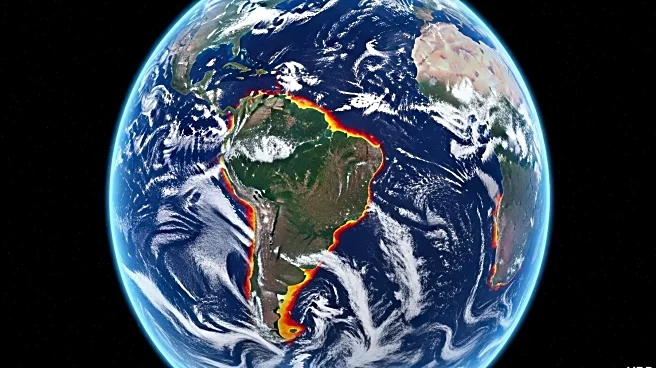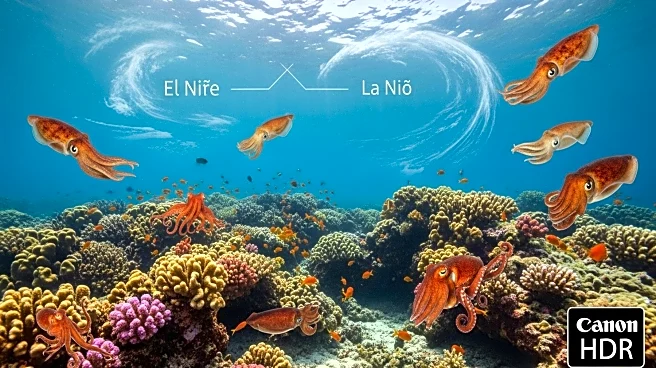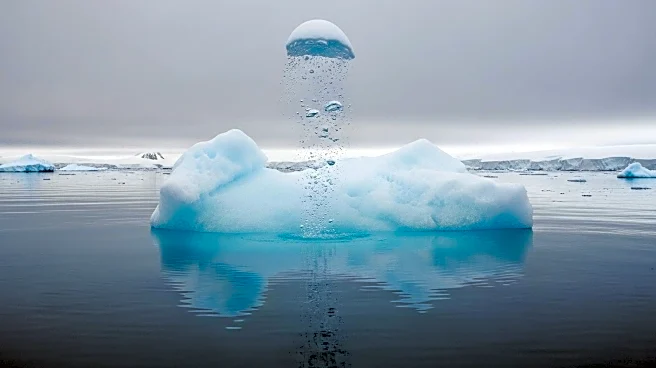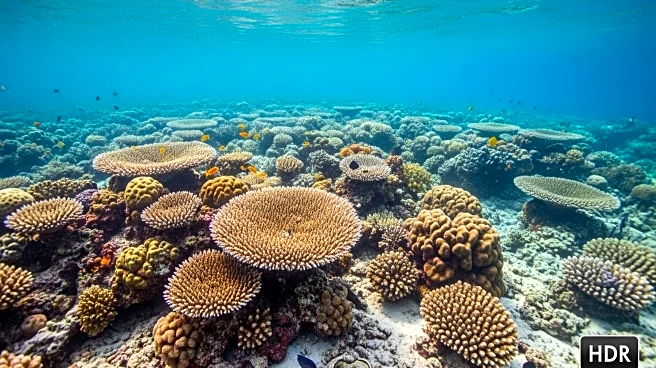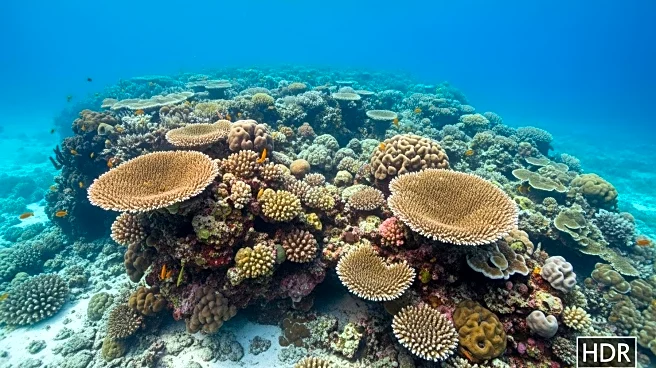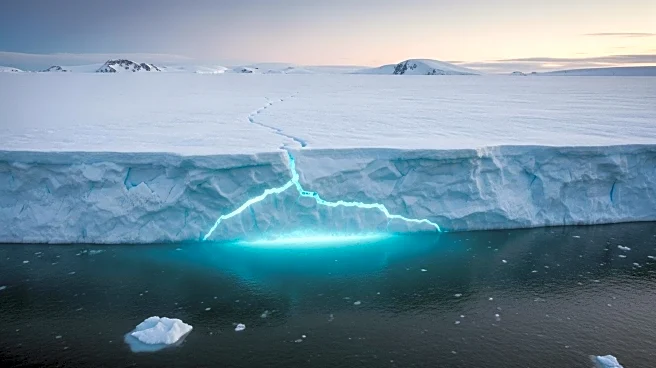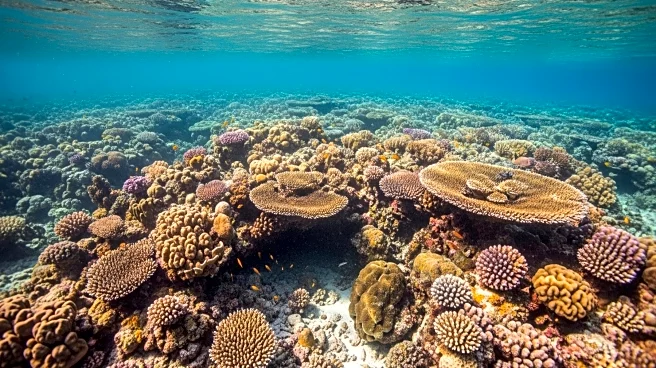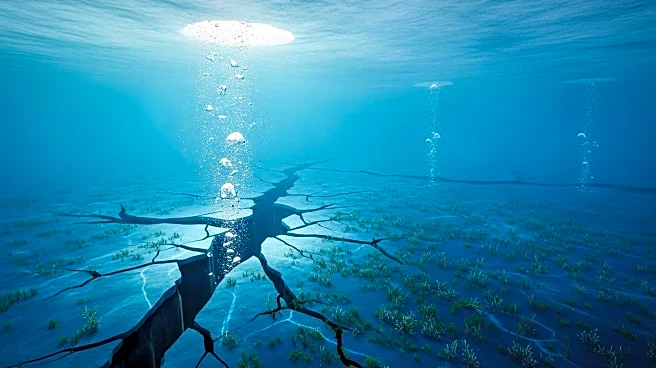What is the story about?
What's Happening?
The Southern Ocean has experienced significant warming trends since the mid-20th century, contributing to approximately 60% of global ocean heat storage in the upper 2000 meters. This warming has accelerated, with rates nearly doubling from 1958 to 2019. The warming impacts sea ice, ice shelves, abyssal water formation, and marine ecosystems around Antarctica, with broader effects on global climates. The warming pattern shows a meridional structure, with deep-reaching warming between 35°S-55°S and a maximum on the northern flank of the Antarctic Circumpolar Current (ACC). The 'added heat' mechanism, involving surface heat fluxes and mean circulation, explains the meridional structure, while 'redistributed heat' from changes in ocean circulation plays a secondary role. Recent studies reveal asymmetric warming patterns, with stronger warming rates in the Atlantic and Indian sectors compared to the Pacific sector, driven by asymmetric changes in westerly winds under anthropogenic climate change.
Why It's Important?
The warming of the Southern Ocean has profound implications for global climate systems, affecting sea level rise, marine biodiversity, and oceanic heat distribution. The inter-basin contrast in warming rates, with the Atlantic-Indian sector warming faster than the Pacific, highlights the role of wind-driven heat redistribution in shaping oceanic heat storage patterns. This contrast is significant for understanding regional changes in primary production and the distribution of key species like Antarctic krill, which are crucial for the Southern Ocean food chain. The findings underscore the importance of considering asymmetric features in climate models to predict future changes in oceanic heat and carbon storage, which are vital for global climate regulation.
What's Next?
Future projections suggest that the Atlantic-Indian sector will continue to warm faster than the Pacific sector throughout the 21st century, particularly under high-emission scenarios. This inter-basin contrast is expected to amplify, driven by greenhouse gas emissions and changes in westerly winds. The persistence of this warming pattern will have long-term impacts on marine ecosystems and global climate systems. Continued research and monitoring, including the expansion of the Argo network, are essential to assess the robustness of observed and modeled temperature changes and to improve understanding of oceanic heat and carbon storage under anthropogenic climate change.
Beyond the Headlines
The study highlights the need for more comprehensive investigations into the asymmetric features of Southern Ocean warming, which could significantly enhance understanding of oceanic heat and carbon storage. Discrepancies among ocean model simulations and observations indicate the complexity of accurately modeling these changes. Future research should focus on the contributions of other anthropogenic forcings, such as aerosols and ozone, to better predict the impacts of climate change on oceanic systems. Understanding these dynamics is crucial for developing effective climate policies and strategies to mitigate the impacts of global warming.
AI Generated Content
Do you find this article useful?
